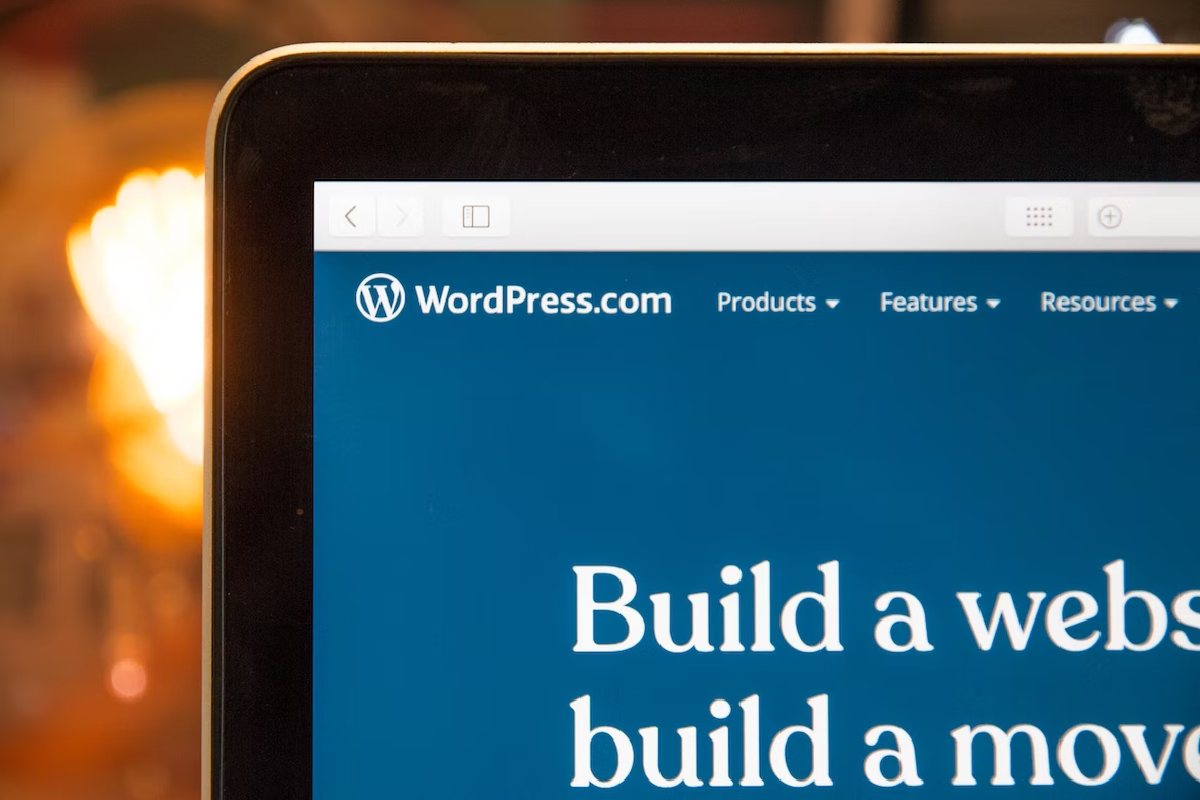On every new WordPress project you decide to work on, there are a few important but essential steps that you need to take in order to get started on the right foot. Depending on your involvement with the project, some of these steps might be taken care of by someone else, but it’s always good to be aware of what needs to be done.
Install a caching plugin
A caching plugin is a must-have for any WordPress site. Caching plugins create a static HTML file of your pages and posts and serve that file instead of processing the WordPress PHP code for each page load. This dramatically reduces server load times and can speed up your website by several seconds. Additionally, caching plugins can help to improve your website’s search engine ranking as page load times are one of the factors that Google takes into account when ranking websites. Many great caching plugins are available for WordPress, so be sure to do your research to find the one that best suits your needs.
Use a quality hosting provider
If you’re running a WordPress site, choosing a quality hosting provider is important. Managed WordPress hosting can provide many benefits, including increased speed, security, and uptime. A good managed WordPress host will also offer regular backups and support in case you run into any problems. While managed WordPress hosting can be more expensive than traditional hosting, it’s worth the investment if you want your site to run smoothly and efficiently. When choosing a managed WordPress host, be sure to do your research and pick a reputable provider with a good track record.
Optimize your images
Optimizing your images is one of the simplest ways to speed up your website. Image files can often be quite large, slowing down page loading times. You can take a few steps to compress your images and improve your website’s performance. First, save your images in the correct file format. JPEGs are best for photos, while PNGs are better for graphics with fewer colors. Second, use an image compression tool to reduce the file size without compromising quality. And third, make sure to resize your images to the appropriate width and height before uploading them to your website. By taking these steps, you can ensure that your images are optimized for the web and won’t slow down your site.
Minimize HTTP requests
HTTP requests are a necessary part of loading a web page, but they can also be one of the biggest performance bottlenecks. Each request consumes time, and too many requests can slow down a page significantly. There are several ways to minimize HTTP requests and improve performance. One method is to use CSS sprites, which consolidate multiple images into a single file. Another approach is to use data URIs, which embed small images directly into the HTML code. In addition, it is also possible to combine multiple files into a single request using gzip compression. By minimizing HTTP requests, it is possible to improve the performance of a web page significantly.
Leverage browser caching
When a user visits a website, their browser will download a variety of files in order to display the page correctly. These include HTML files, CSS stylesheets, images, and JavaScript scripts. Although these files are small, they can add up quickly if a website has many pages or visitors. As a result, it is important for websites to leverage browser caching in order to improve performance.
Browser caching works by storing copies of frequently accessed files locally on the user’s computer. When the user visits the website again, their browser will check to see if it has a cached copy of the requested file. If so, it will load the file from the cache instead of downloading it from the server. This can significantly reduce bandwidth usage and speed up page loading times. Leveraging browser caching is a simple but effective way to improve the performance of any website.
Use a content delivery network (CDN)
A content delivery network, or CDN, is a system of distributed servers that deliver content to users based on their geographic location. By using a CDN, content providers can improve the performance of their websites and applications by reducing latency and providing a more consistent user experience. In addition, CDNs can help to prevent outages by providing redundancy in the event that one or more servers go offline. As a result, CDNs are an essential tool for any business that relies on web-based content. Not only do they improve performance and availability, but they can also help to save money by reducing bandwidth costs.
Conclusions
There are many factors that can impact the performance of a WordPress website. By taking the time to optimize your site, you can improve its speed and efficiency. In addition, you can also improve the user experience by providing a more responsive and faster-loading website. And finally, by using a content delivery network, you can further improve performance and availability.


